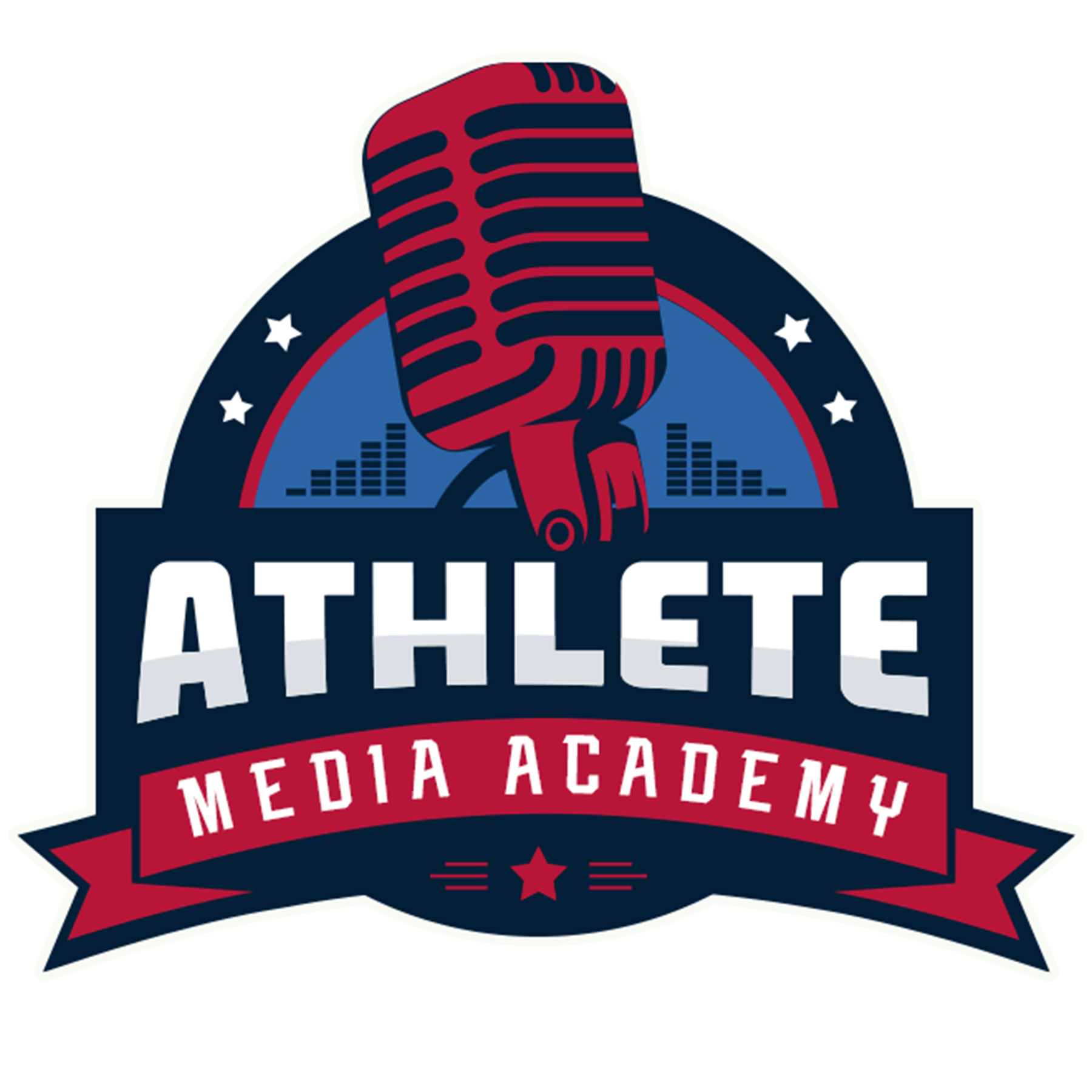Section 5, Lesson 1 – Understanding Different Interview Styles
Lesson Overview:
Interviews come in many formats, each requiring athletes to adjust their communication style and approach. From friendly post-game chats to high-pressure press conferences, understanding the differences prepares athletes to perform confidently and effectively in any media situation.
Learning Objectives:
By the end of this lesson, athletes will be able to:
✅ Identify common interview styles used in sports media
✅ Recognize the purpose and expectations of each style
✅ Adjust tone, body language, and messaging for each interview type
✅ Build confidence approaching any interview scenario
Section 1: Types of Interviews in Sports Media
Athletes will encounter several common interview styles throughout their careers:
✔️ One-on-One Interviews – Personal, conversational, often with a reporter or host. May cover personal stories or game reactions.
✔️ Press Conferences – Formal setting with multiple reporters. Questions come rapid-fire, often focused on performance, team dynamics, or breaking news.
✔️ Sideline/Post-Game Interviews – Short, high-energy interviews immediately after a game. Emphasis is on quick soundbites, reactions, and emotions.
✔️ Feature/Profile Interviews – In-depth pieces focused on an athlete’s personal journey, background, or off-the-field interests.
✔️ Virtual Interviews/Podcasts – Increasingly common, requiring technical awareness (camera framing, sound) and conversational skills.
Section 2: Expectations and Challenges for Each Style
✔️ One-on-One: Expect personal questions—stay on message but engage naturally.
✔️ Press Conferences: Expect tough questions, repetition, and the need to stay composed.
✔️ Sideline/Post-Game: Expect adrenaline-fueled moments—focus on clear, concise answers.
✔️ Feature Interviews: Be prepared to share personal stories while protecting your privacy.
✔️ Virtual Interviews: Watch your background, eye contact, and energy level on camera.
🔹 Activity: Watch video clips of athletes in each interview style. Identify strengths and areas for improvement in their approach.
Section 3: Adapting Communication Style
✔️ Adjust tone, pace, and messaging based on the formality of the setting.
✔️ Stay mindful of body language and facial expressions.
✔️ Use soundbites effectively—especially in high-pressure or time-limited interviews.
✔️ Know when to redirect or bridge tough questions back to your key messages.
🔹 Exercise: Practice answering the same question in two different styles (press conference vs. podcast) and compare the delivery.
Final Takeaways & Next Steps:
Every interview format presents unique challenges and opportunities. Understanding these differences allows athletes to adapt, stay composed, and protect their message in any scenario.
✅ Next Steps: Record a mock response to a sideline interview and review your delivery for tone, body language, and clarity.

